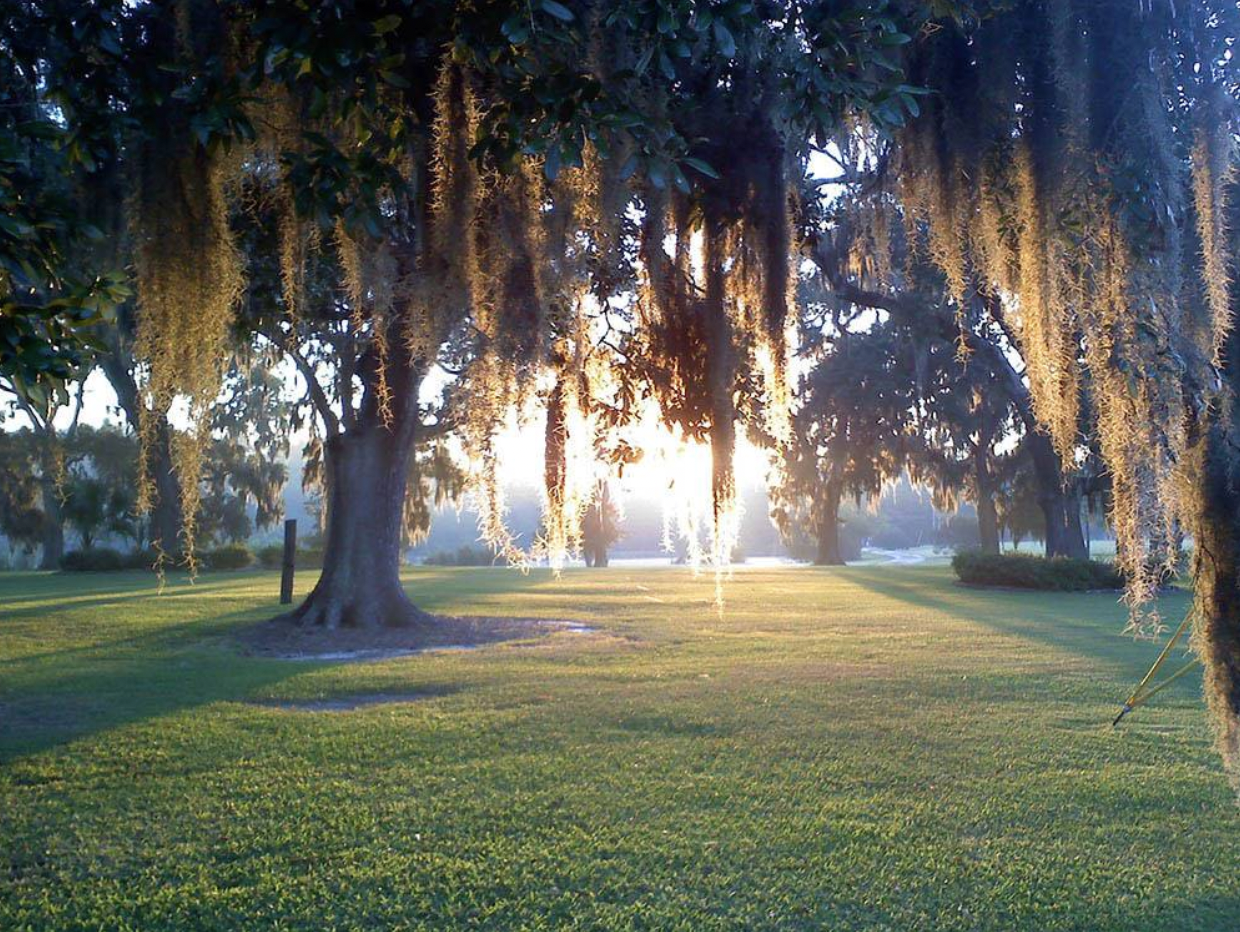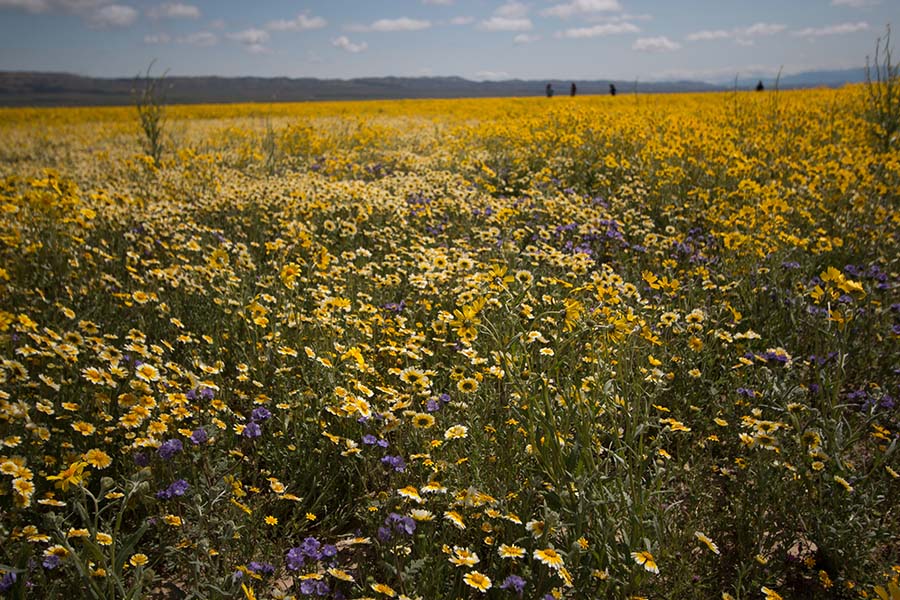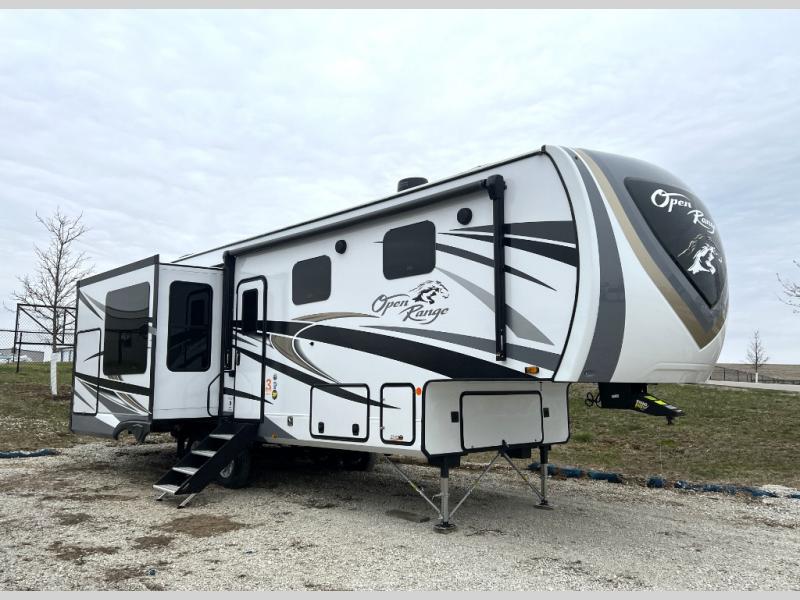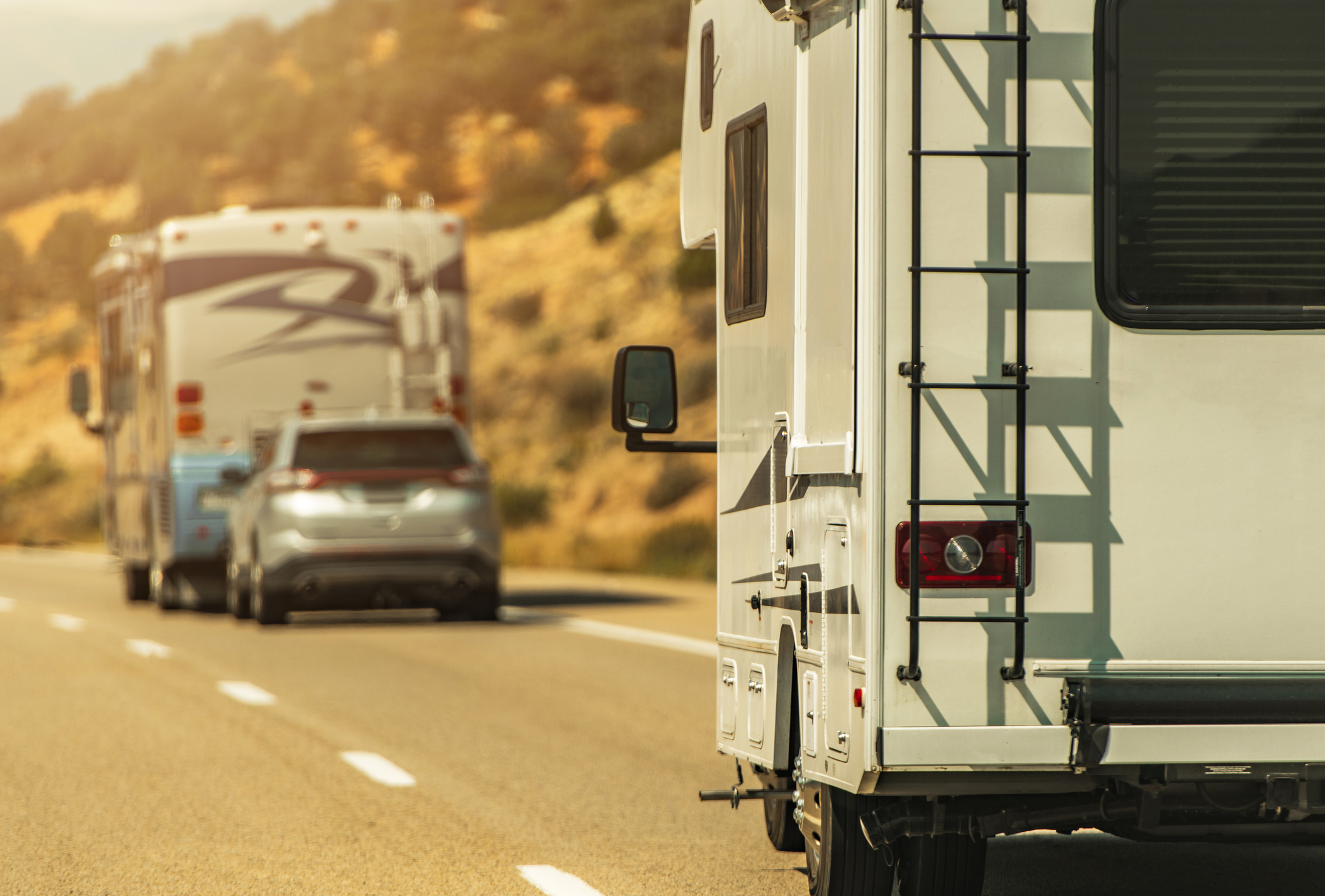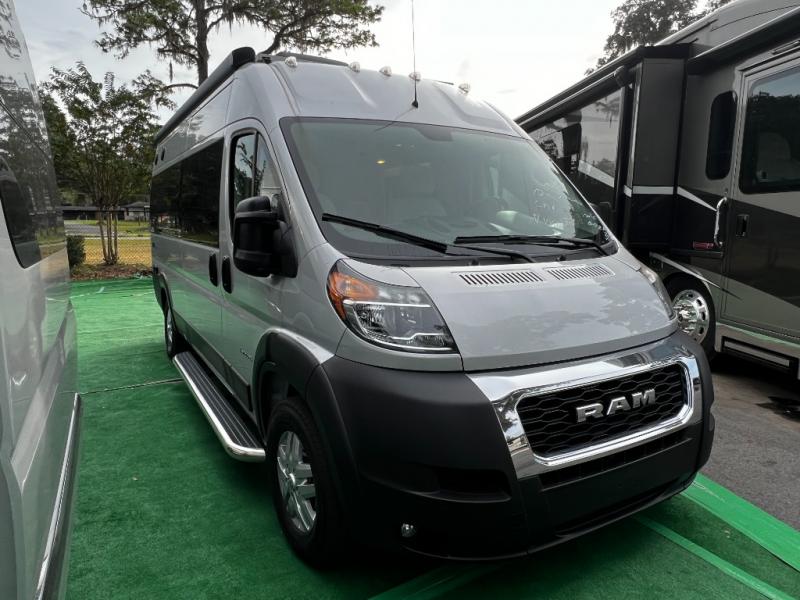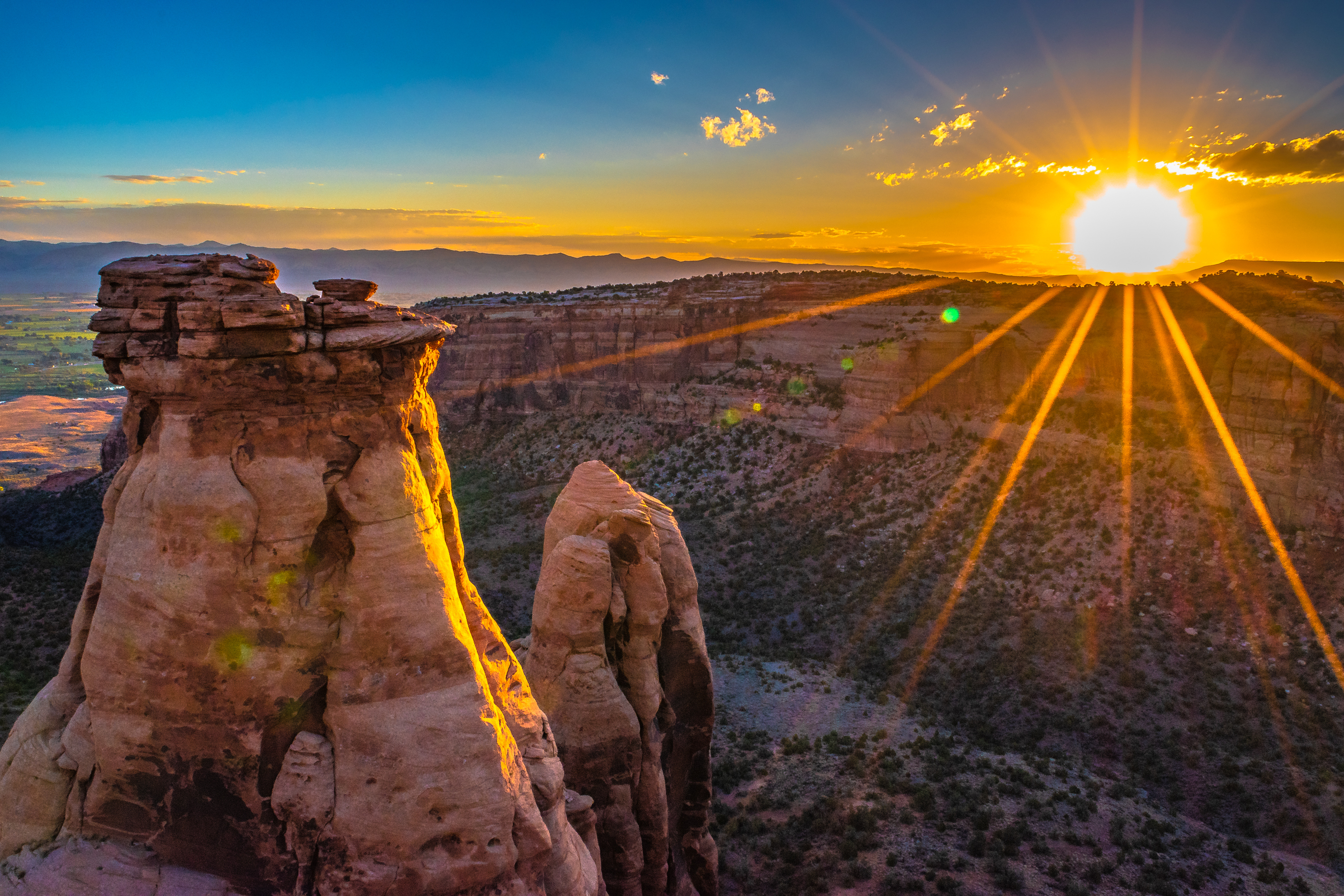So you’re looking to go camping, and for good reason considering that 8.3 million people had the same idea last year. Taking in the beauty that our country has to offer and cultivating community on the road are just a few of the many upsides the outdoor lifestyle brings.
But if you’re a first-time camper, knowing where to start can feel a little daunting. Where should you camp? What kind of campground is the best fit for you and your crew? How much should you expect to pay, and what should you expect to bring?
To eliminate any guesswork and to improve your odds of finding a spot you loves, here’s a comprehensive guide to finding the right campground, along with some helpful resources.
Plan your trip
Collect notes and zero in on the right campground. There’s no need to go into your trip blindly, especially when the odds are that there’s been plenty of ink spilled on whatever campground you’re looking into.
Know what experience you’re looking for
Knowing the type of experience you’re looking for is the key to finding the right campground. Do you want something a little more remote and scenic? Do you want to stay at a park that will keep your kids (mostly) occupied? Something more friendly for dogs? These preferences will help narrow your search. Rank what’s important to help you create a starting point.

Copyright
© Good Sam Camping Blog



